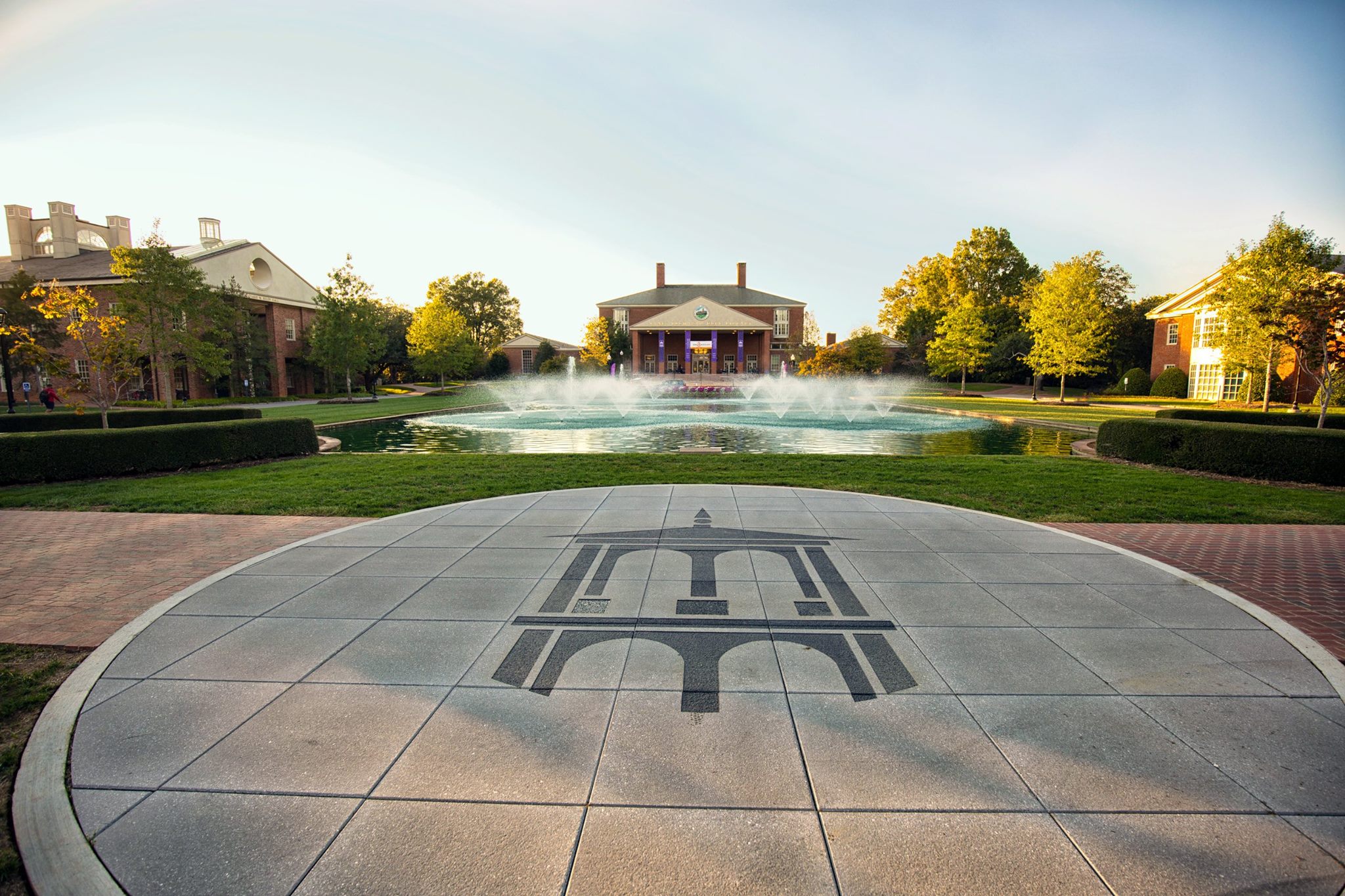Readings / Self-Reliance
- Home Page 59

International Building Code § 303.4: Places of Religious Worship
Occupancy classification is a first principle in all International Code Council consensus products. Chapels and churches associated with educational institutions are grouped with all other “Places of Religious Worship” in Section 303.4 Assembly Group A-3. You may find the text of this section in the current 2024 edition in the link below:
2024 International Building Code | Section 303 | Assembly Group A
For the next few weeks we will sort through issues appearing in the transcript below:
2025 Group B Committee Action Agenda (2630 Pages)
Recent incidents in the tragic city of Minneapolis inspire revisiting the standards of care listed below:
Targeted Violence and Active Shooters: Incidents like mass shootings have increased, with 54% of attacks on U.S. houses of worship involving armed assaults, often motivated by religious or racial hatred (67% of cases). Comprehensive emergency plans and training are critical.
Vandalism and Arson: These are common, with over 400 attacks on U.S. churches since 2020, including property damage and desecration. Surveillance cameras and regular security audits can deter such acts.
Theft: Donation boxes, religious artifacts, and personal belongings are frequent targets. Access control and monitoring valuables reduce risks.
Cybersecurity Threats: Houses of worship are vulnerable to hacking, ransomware, and data breaches, especially as they rely on digital platforms. Implementing cybersecurity best practices is essential.
Internal Threats: Risks from disgruntled employees or volunteers, including theft or fraud, necessitate thorough background checks and clear protocols for handling sensitive information.
Proactive measures like risk assessments, security teams, and collaboration with law enforcement can mitigate these threats while maintaining a welcoming environment
Related:
Why is the State of Minnesota such a hot mess?
What Are People Wearing?
“What you wear is how you present yourself to the world, especially today,
when human contacts are so quick. Fashion is instant language.”
So lovely to welcome Ailsa, Georgie and India from @mowden_hall to Robertson House 🦋🩵last night. Enjoy your @SedberghSchool taster experience! pic.twitter.com/5FqWOYtFXL
— Robertson House (@Robertson_Sed) October 7, 2024
Abiit sed non oblitus | Euclid County
This content is accessible to paid subscribers. To view it please enter your password below or send mike@standardsmichigan.com a request for subscription details.
University Church Live Stream
Celebrate the Feast of St. Anthony with the Bronx! Join Our Lady of Mt. Carmel Church in their festivities going on now through the 9th, at 187th St & Arthur Avenue.
It’s open to the public from 12 p.m. to 7 p.m., Saturday and Sunday. pic.twitter.com/hUY3L9DYnL
— Fordham CM (@FordhamCM) June 8, 2024
Wishing you all a Happy Thanksgiving, from all of us at Fordham! 🧡 🐏
—#Thanksgiving #Fordham #HolidaySeason pic.twitter.com/LYuiFHeINx— Fordham University (@FordhamNYC) November 28, 2024
Autumn Wind
This content is accessible to paid subscribers. To view it please enter your password below or send mike@standardsmichigan.com a request for subscription details.
Fontaines
Water fountains enhance campus outdoor settings by creating serene, inviting spaces that promote relaxation and social interaction. Their gentle sounds of flowing water reduce stress, mask noise, and foster a calming atmosphere conducive to study or reflection.
Aesthetically, fountains serve as focal points, adding elegance and visual appeal to courtyards or green spaces. They attract students, faculty, and visitors, encouraging gatherings and community engagement. Environmentally, fountains can support local ecosystems by providing water for birds or plants.
Well-maintained, they symbolize a campus’s commitment to beauty and sustainability, enriching the outdoor experience and enhancing the overall campus ambiance.

Michigan State University

California Institute of Technology

Regent University
Landscaping and Grounds
Best Practice Guidelines | Western Michigan
MIOSHA Fact Sheet: Youth Worker Safety Landscape and Horticulture Services Industry
Happy First Day of Spring, Panthers! As the weather starts to warm up and the sun comes out the brighter days are almost here! #davenportuniversity #panthers #DUit #springishere pic.twitter.com/WCxxVXl4uQ
— davenportu (@DavenportU) March 19, 2024
💉✨ Choose your pathway to nursing success! Davenport’s BSN program offers flexible admission options, no waitlists, and three years of hands-on learning. Apply now! https://t.co/nJB6eNMhBs
Read more about DU’s BSN program here: https://t.co/tqz2Dvyn4A pic.twitter.com/TDYHiIKtc4
— davenportu (@DavenportU) November 18, 2024
Landscape & Horticulture Services
Federal regulations that apply to the landscaping of education communities are fairly stable; though land use issues tend to be capricious. Some federal regulations deal with fair trade in the purchase of landscaping materials; others deal with chemical safety; still others deal with personal protective equipment for works.
The federal government recognizes three major segments of this industry:
Landscape Design and Consultation
Landscape Installation and Maintenance
Tree Pruning and Arboriculture
For worker safety we consult the Occupational Safety and Health Administration home page:
Landscaping and Horticultural Services
From time to time we find Notices and Proposed Regulations — or notices of state-level adaptations of federal regulations — whistling across our radar. When they are meaningful and contribute to lower cost we will post the commenting opportunity.
The following voluntary American National Standards Institute (ANSI) titles may be applicable to the landscaping and horticultural units in education communities. Compliance with ANSI standards does not ensure compliance with OSHA policy, although the requirements of some ANSI standards have been adopted within OSHA standards. This list is provided for reference use only.
- A10.14, Requirements for Safety belts, Harnesses, Lanyards, Lifelines, and Drop Lines for Constructional and Industrial Use
- A14.1, Ladders – Portable Wood – Safety Requirements
- A14.2, Ladders – Portable Metal – Safety Requirements
- A14.5, Stepladders and Platform Ladders, Aluminum Magnesium, Fiberglass Ladders
- A92.2, Vehicle-Mounted Elevating and Rotating Aerial Devices
- A300, Tree Care Operations – Tree, Shrub and Other Woody Plant Maintenance – Standard Practices
- B30.5, Mobile and Locomotive Truck Cranes
- B71.1, Powered Lawn Mowers and Garden Tractors
- B71.3, Snow Throwers
- B71.4, Commercial Turf Type Equipment
- B71.6, Shredders and Grinders
- B71.8, Tillers
- B175.1, Gasoline Powered Chain Saws, Safety Requirements
- B175.2, Blowers
- B175.3, Trimmers and Brushcutters
- Z41, Protective Footgear Requirements
- Z87.1, Occupational and Educational Eye and Face Protection Devices
- Z89.1, Personnel Protection – Protective Headgear for Industrial Workers – Requirements
- Z133.1, Arboricultural Operations Safety
- Z308.1, Minimum Requirements for Workplace First Aid Kits
- Z359.1, Safety Requirements for Personal Fall Arrest Systems, Subsystems, and Components
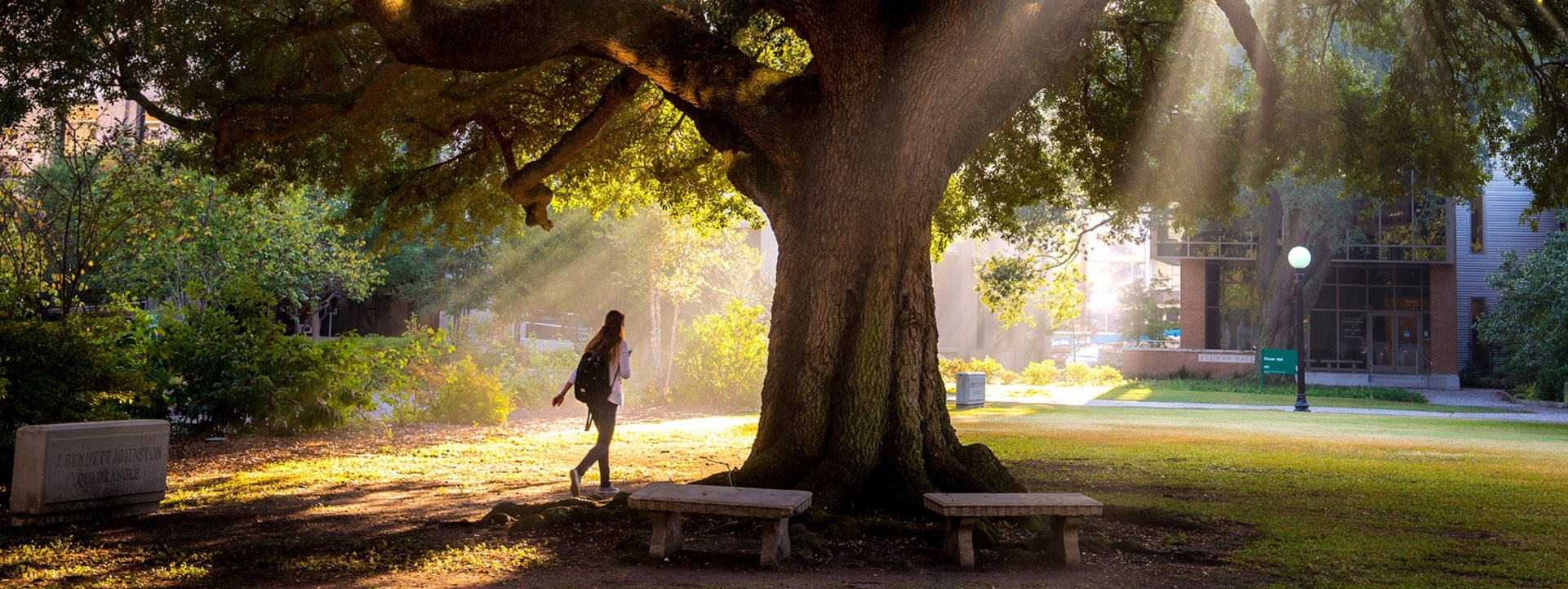
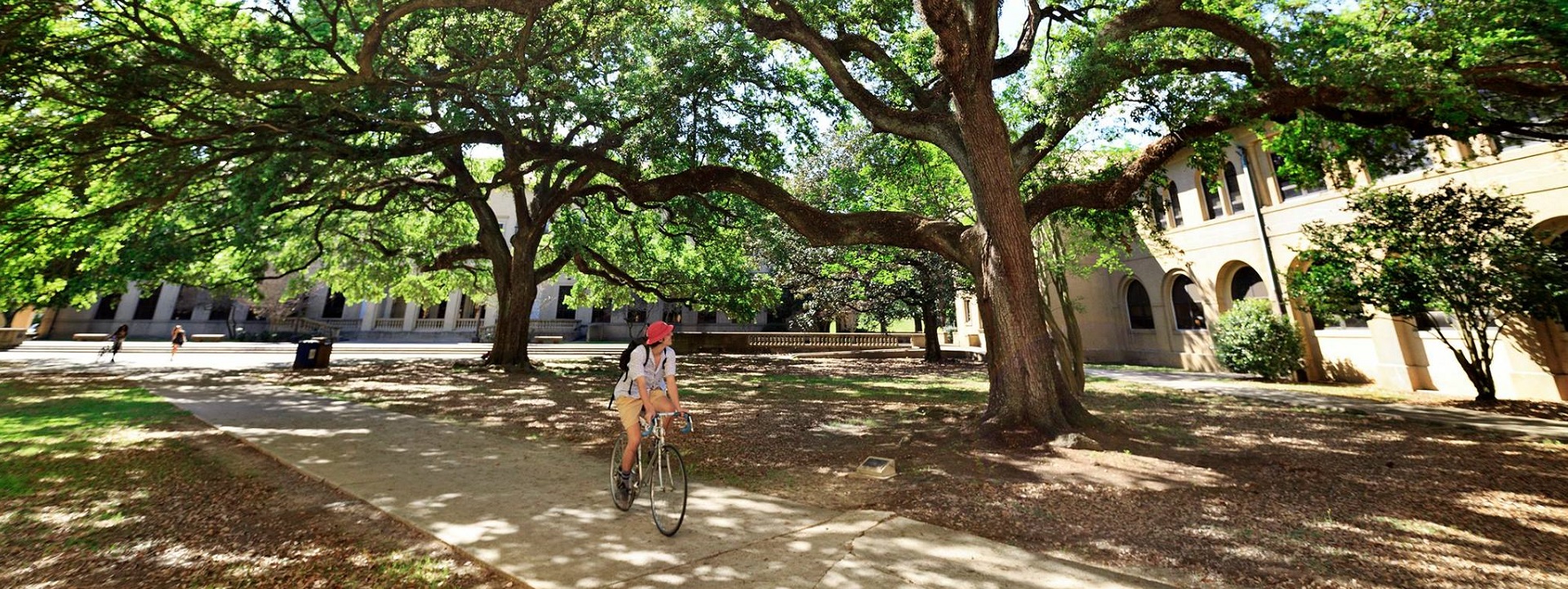


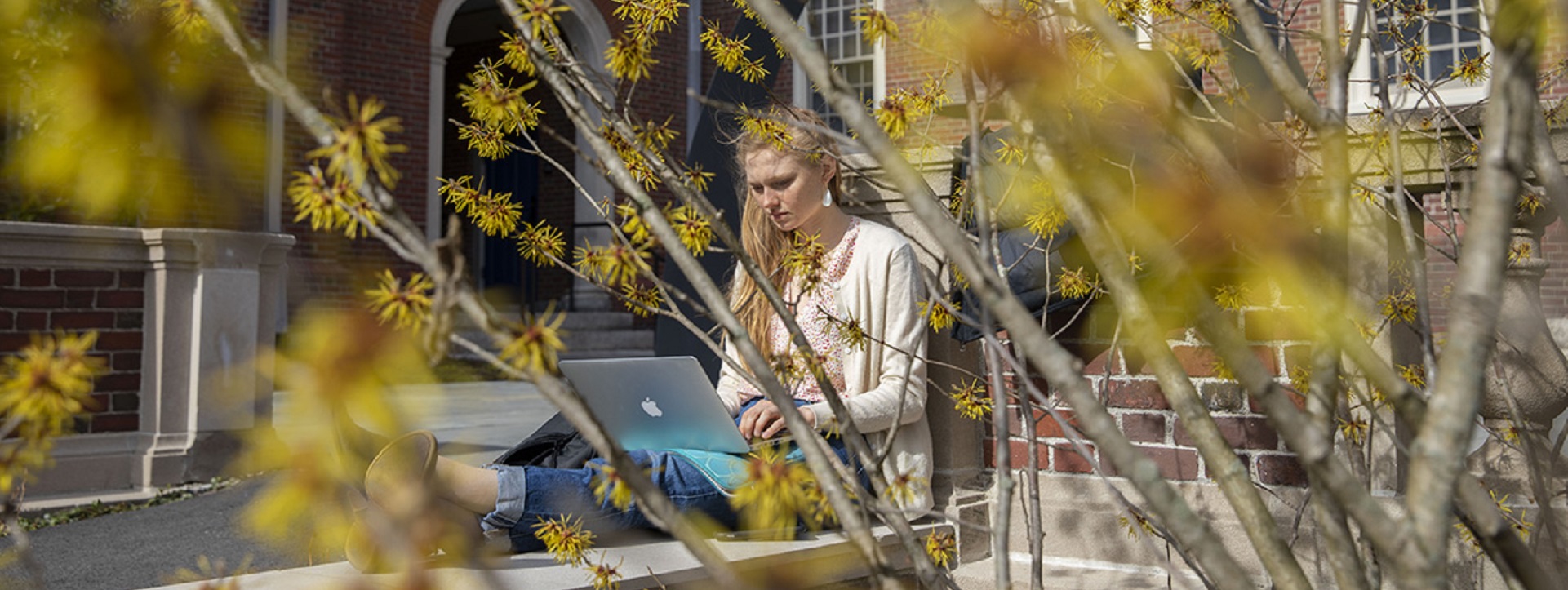




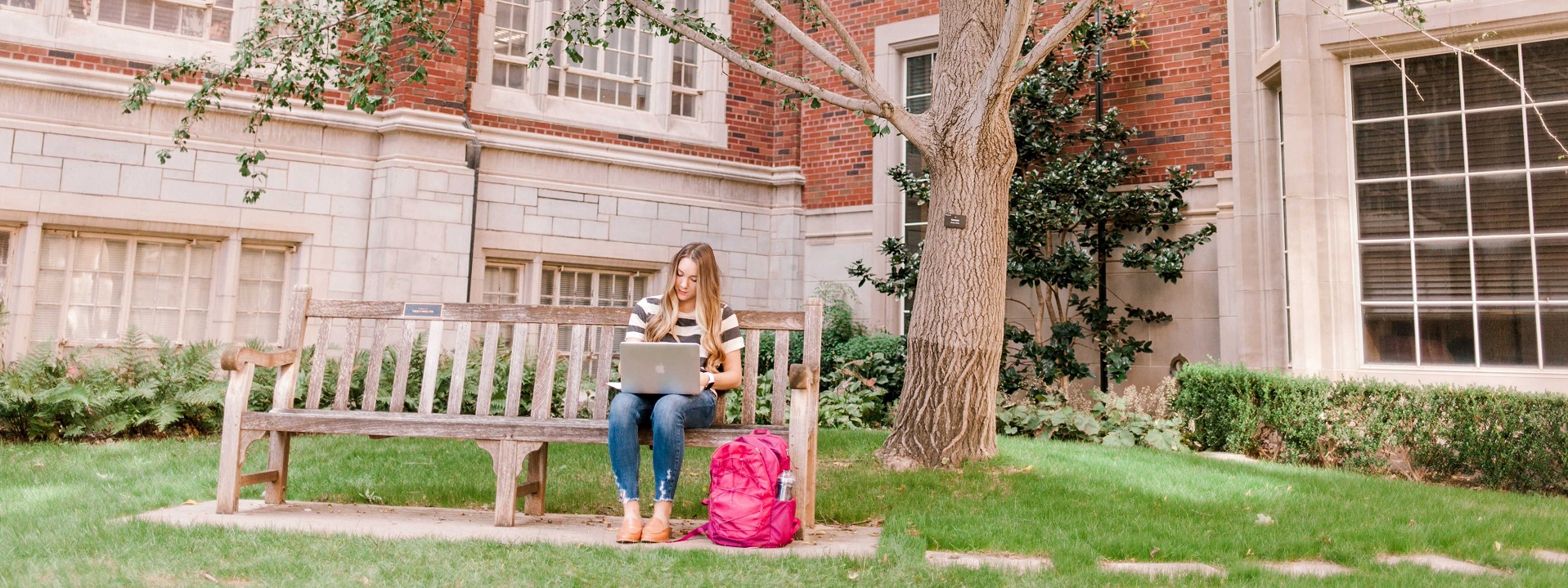
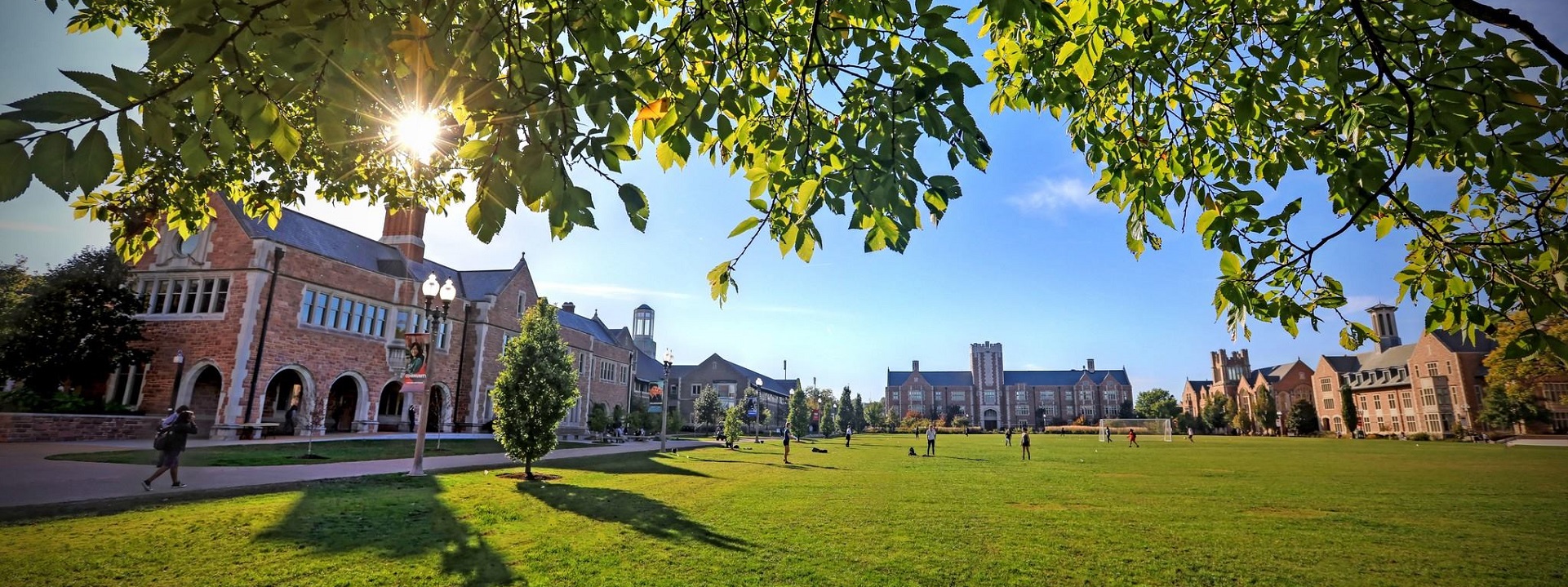

We maintain all related best practice literature on the standing agenda of our periodic Bucolia teleconferences during which time we sort through proposed regulations, organize a response to them. War stories always welcomed. Stories about successes even more welcomed. See our CALENDAR for the next online meeting.
Dawn Chorus: Bird Song
“Awake, harp and lyre! I will awaken the dawn.”
Animal Welfare Act (AWA) Regulations for Birds (9 CFR Part 3, Subpart G)
@CornellPondCam End of day at Sapsucker Woods … pic.twitter.com/zbE5BMEZlp
— susan dimitrakopoulos (@nightsky333) November 10, 2020
University Policy 1.2: Research Integrity
Cornell University’s status as a land-grant institution, coupled with its location in Ithaca, far from New York’s urban centers, fosters a campus atmosphere of grounded normalcy. As a land-grant university, Cornell emphasizes practical education, research, and outreach, rooted in its mission to serve the public good. This ethos cultivates a community focused on collaboration and accessibility rather than elitism.
Ithaca’s rural setting, surrounded by gorges and rolling hills, creates a tight-knit, insulated environment where students engage deeply with academics and each other without the distractions of a bustling city. The slower pace encourages a balanced lifestyle, with traditions like Slope Day and local eateries fostering camaraderie. The lack of urban pressures allows for a focus on intellectual curiosity and personal connections, while diverse student organizations and cooperative extension programs reinforce a sense of purpose and community, grounding Cornell’s atmosphere in authenticity and approachability.
New update alert! The 2022 update to the Trademark Assignment Dataset is now available online. Find 1.29 million trademark assignments, involving 2.28 million unique trademark properties issued by the USPTO between March 1952 and January 2023: https://t.co/njrDAbSpwB pic.twitter.com/GkAXrHoQ9T
— USPTO (@uspto) July 13, 2023
Standards Michigan Group, LLC
2723 South State Street | Suite 150
Ann Arbor, MI 48104 USA
888-746-3670






























